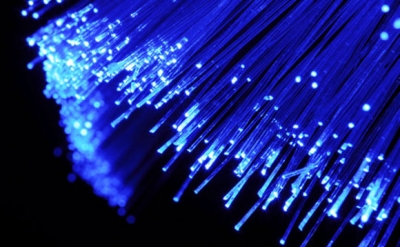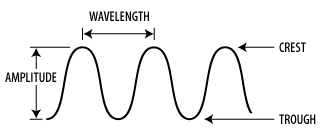
Although television is thought of as a 20th century invention, its beginnings date back to the 1880s. The first ideas about transmitting pictures over a distance were considered in the years following the introduction of the telephone. If voices could be sent over a long distance, why not pictures?
From the beginning, it was realised that pictures could not be sent as an entity, and ways of breaking down and then reconstructing a picture were suggested by a German inventor, Paul Nipkow, in 1884. Nipkow used spinning perforated discs to dissect and then resurrect a black-and-white image.
In 1906, Russian scientist, Boris Rosing, put together the scanning principle of the Nipkow disc and the display possibilities of the cathode ray tube invented by a German, Ferdinand Braun, in 1897 to create the first crude television system. The cathode ray tube is still the vital component of modern television.
Experimental broadcasts were begun in America in in 1928, but the first practical television system was set up by the eccentric Scottish inventor John Logie Baird in London. He opened the first television studio in 1929, and used Nipkow discs for scanning in both transmitter and receiver. Within a few years, however, Baird’s mechanical disc – scanning system was overtaken by the electronic camera invented by the Russian Vladimir Zworykin, who produced the first practical one in 1931.
The first three day a week television service began in Berlin in 1935, operated by Fernseh, a German company with which Baird was involved. Britain BBC opened the first public high-definition service in 1936, and RCA began transmission in America in 1939. Colour transmission started experimentally in the USA in 1951.
Cable television began in the United States in the 1950s, with commercial company sending programmes to subscribers along cables. This allows more channels than radio transmission. In Britain in Europe, cable television did not arrive until the 1980s.
Sometimes cable television is also partly satellite television, programmes being relayed by satellite to company dish Aerials at a central station, then sent out to homes through the cables.
Other television systems introduced or under review in the late 1980s included microwave television carrying up to 60 channels over short distance, high definition television (HDTV) using over 1200 screen lines and direct broadcasting by satellite (DBS) to small domestic dish aerials. For this the transmitting company has to code the signal so that only a subscriber with the decoder on the set can receive them.
Picture Credit : Google






